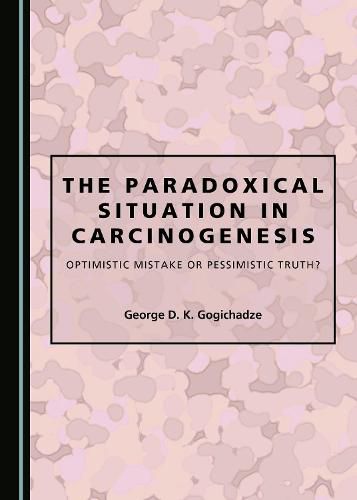Readings Newsletter
Become a Readings Member to make your shopping experience even easier.
Sign in or sign up for free!
You’re not far away from qualifying for FREE standard shipping within Australia
You’ve qualified for FREE standard shipping within Australia
The cart is loading…






This volume is dedicated to the ethical problems related to carcinogenesis. It discusses the karyogamic theory in a new light, using new arguments, and considers the prospects of cancer prevention and treatment. The current stage of scientific development fails to answer such questions as: What is a cancer cell? What is its essence? In the opinion of most cancer researchers, the genetic apparatus of the target cell should be responsible for the conversion of a tumour cell into a normal one. This book, however, highlights the often-disregarded role of non-DNA cellular elements in carcinogenesis. It also investigates the loss of contact inhibition of cancer cells, the cellular mechanism of malignization in the case of hemolytic anemia, and the high oncogenic risk of low and medium doses of carcinogens, as well as the common trigger mechanism of action of diametrically different carcinogens on target cells.
$9.00 standard shipping within Australia
FREE standard shipping within Australia for orders over $100.00
Express & International shipping calculated at checkout
This volume is dedicated to the ethical problems related to carcinogenesis. It discusses the karyogamic theory in a new light, using new arguments, and considers the prospects of cancer prevention and treatment. The current stage of scientific development fails to answer such questions as: What is a cancer cell? What is its essence? In the opinion of most cancer researchers, the genetic apparatus of the target cell should be responsible for the conversion of a tumour cell into a normal one. This book, however, highlights the often-disregarded role of non-DNA cellular elements in carcinogenesis. It also investigates the loss of contact inhibition of cancer cells, the cellular mechanism of malignization in the case of hemolytic anemia, and the high oncogenic risk of low and medium doses of carcinogens, as well as the common trigger mechanism of action of diametrically different carcinogens on target cells.